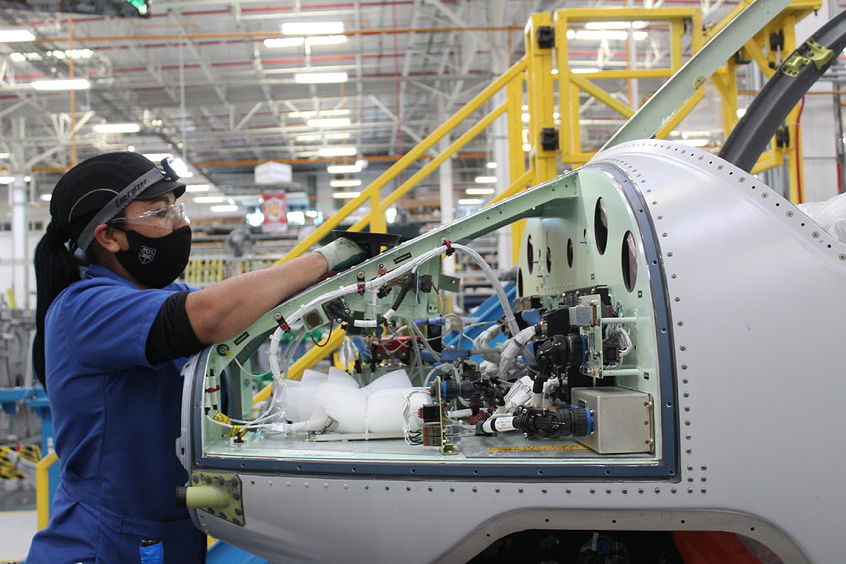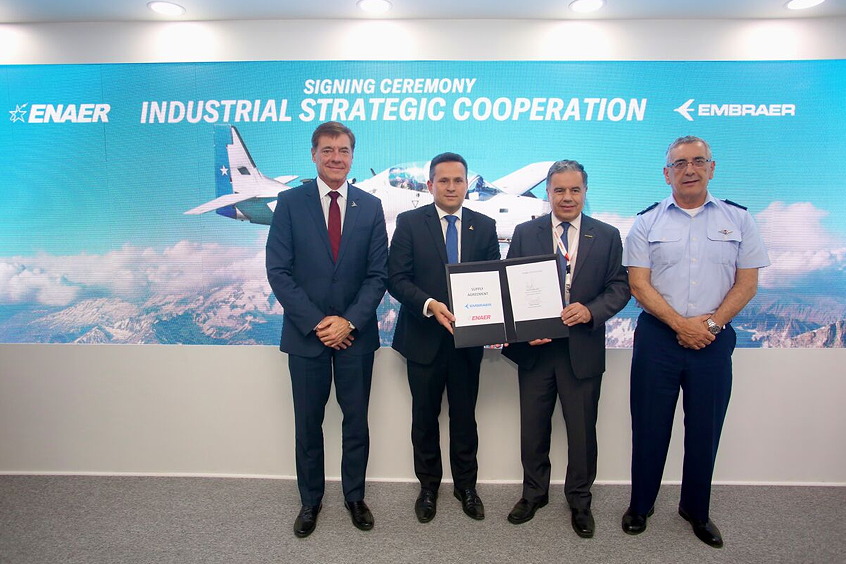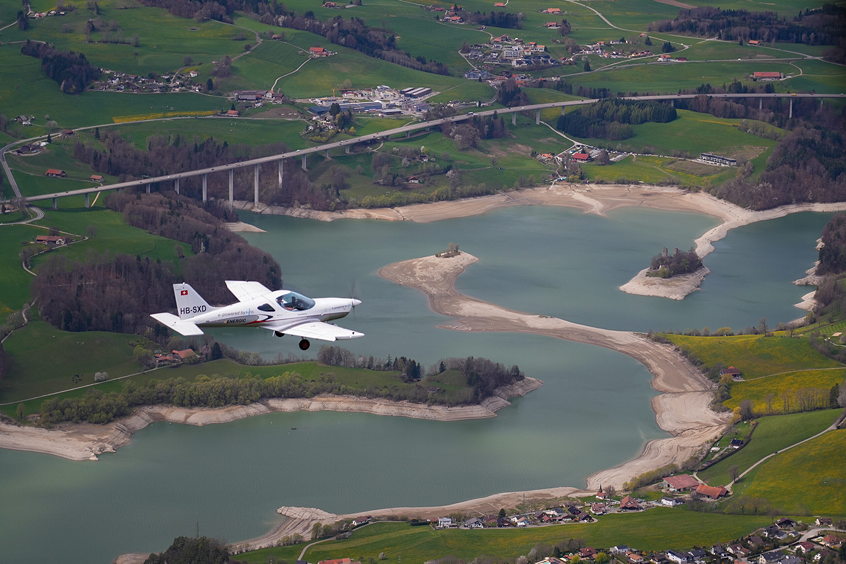QuesTek Innovations, LLC was recently awarded six separate projects from the U.S. Navy and U.S. Army to develop technologies and design new alloys specifically tailored to the unique processing conditions and material-related challenges of Additive Manufacturing (AM).
These include one Small Business Innovation Research (SBIR) Phase II project, two SBIR Phase I projects, and three Small Business Technology Transfer (STTR) Phase I projects focused on aluminum, titanium and steel systems. The combined funding contract value exceeds $2 Million.
There is increasing interest in the development of new alloys specifically tailored for AM, as well as a need for understanding the complex processing responses and limitations of traditional forging and cast alloys applied to AM processing. Most alloys being evaluated in AM were originally designed for forging or casting processes and exhibit technical problems when used in AM. To address these unique design challenges and industry needs, QuesTek has been applying its Integrated Computational Materials Engineering (ICME) technologies and Materials by Design® methodologies to design entirely new alloys and optimize legacy alloys for AM. The awarded projects include the following:
Under an Office of Naval Research (ONR)-funded Phase II SBIR project (Topic N141-062) titled “Computational Design of Aluminum Alloys for use in Additive Manufacturing,” QuesTek is furthering the development of three QuesTek-designed aluminum alloys specifically for Direct Metal Laser Sintering (DMLS) AM processability. The goal of this program is to combine the processability of AlSiMg alloys, which can be printed without cracking but have low strength, with the high strength properties of 6061/7050 alloys but which crack during AM processes. The alloys that QuesTek designed in the Phase I program cover a range of strategies for enhanced performance including increased strength, temperature resistance, corrosion resistance and resistance to hot tearing. Additionally, the alloys were designed with cost in mind and do not contain Scandium. Preliminary results have shown successful elimination of hot cracking coupled with high precipitation hardening results. Two designs were selected for atomization at 400 lb scale and DMLS builds are currently being evaluated under various mechanical and corrosion tests.
Under a U.S. Navy Phase I STTR project (Topic N16A-007) titled “Optimized High Performance Stainless Steel Powder for Additive Manufacturing,” QuesTek is developing a new powder specification for high-strength martensitic precipitation-hardenable 17-4 stainless steel, optimized specifically for selective laser melting (SLM) technologies, to meet mechanical performance requirements and address AM processing issues experienced by incumbent materials. Under this program, QuesTek is collaborating with LPW Technology, Dr. Thomas Starr of the University of Louisville's Rapid Prototyping Center, and OEM partner Sikorsky Aircraft.
Under an ONR-funded Phase I STTR project (Topic N16A-022) titled “Integrated Computational Material Engineering Tool Set for Additive Manufacturing of Stainless Steel (316L),” QuesTek is developing an “Integrated Model Toolkit” that enables the modeling of AM process by predicting local composition, microstructure, residual stresses, defects, and mechanical properties for stainless steel 316L aerospace components. Under this program, QuesTek is collaborating with Professor Wayne E. King of Lawrence Livermore National Laboratory and Professor Gary Harlow of Lehigh University.
Under a U.S. Army Phase I SBIR project (Topic A15-104) titled “Application of ICME to Optimize Processing of State-of-the-art Gear Steels in Additive Manufacturing,” QuesTek atomized, built via LENS and DMLS AM processes and evaluated its high-performance carburizable Ferrium® C64® steel. The goal of this initial program was to develop and optimize an AM technique and post-build treatment process specifically for C64 steel while meeting or exceeding the material performance of existing high performance aerospace gear materials such as AMS 6308 manufactured using traditional metallurgical routes. Very little prior research has been reported on using carbon-containing carburizable steels in AM for gearing applications.
Under an ONR-funded Phase I SBIR project (Topic N161-071) titled “Additive Manufacturing Development of Naval Platform Heat Exchangers,” QuesTek is extending its ICME tools to evaluate materials for the DMLS production of heat exchangers. The project includes fabrication of test specimens to address one of the unique challenges to AM of heat exchangers: minimum component thickness.
Under a U.S. Navy Phase I STTR project (Topic N16A-004) titled “Quantifying Uncertainty in the Mechanical Performance of Additively Manufactured Parts Due to Material and Process Variation,” QuesTek is extending the Accelerated Insertion of Materials (AIM) framework for managing the uncertainty of material properties to the mechanical performance of laser power bed additively manufactured Ti-6Al-4V materials. The goal of the program is to develop a tool which can determine both property probability distributions and probability-distribution confidence intervals for AM parts, thereby greatly accelerating aerospace certification and flight qualification of AM parts. Under this program, QuesTek is collaborating with Professors Gary Harlow of Lehigh University and Peter Collins of Iowa State University.
In addition to the above, QuesTek has been active on many other projects including modeling of Ni-, Ti- and W-based alloys for AM. Under Lockheed Martin funding, a titanium alloy that QuesTek designed under U.S. Army SBIR funding (Topic # A082-050) demonstrated greater strength and toughness versus traditional Ti-6-4 in Electron Beam Additive Manufacturing (EBAM) processing at Sciaky and shows great potential for powder-based AM applications.
Aziz Asphahani, QuesTek's Chief Executive Officer, commented: “A materials-based approach to addressing the challenges of additive manufacturing is crucial for accelerating the development of this technology and achieving, or even surpassing, the performance of traditionally-processed alloys. We look forward to the outcomes of these projects, and the prospect of adopting ICME-designed alloys as the first-generation, high-performance additive manufacturing materials.”
| Contact details from our directory: | |
| QuesTek Innovations LLC | Steel, Cobalt, Aluminium, Titanium, Columbium, Copper, Metal Refractory Materials, Molybdenum, Superalloys |
| Related directory sectors: |
| Metals |
Weekly news by email:
See the latest Bulletin, and sign up free‑of‑charge for future editions.

Bell Mexico delivers 800th commercial aircraft cabin

Chile's ENAER expands cooperation with Embraer

Eve names KAI as supplier for eVTOL pylons
